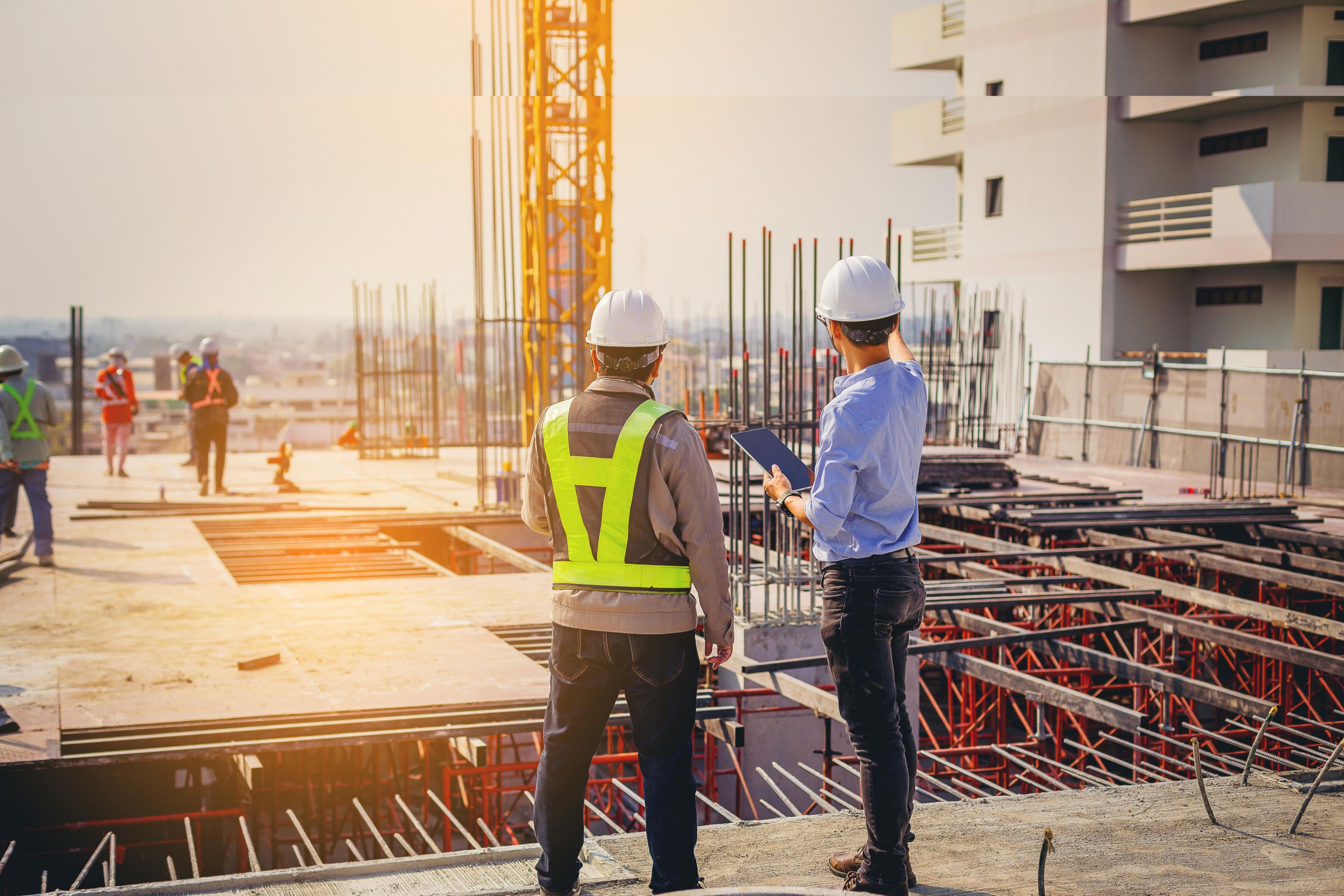The construction industry seeks quicker and more efficient building methods in today's fast-changing world. Cost-effectiveness is also a priority. Pre-engineered buildings in India provide a promising solution. These structures are changing how we view construction. They offer both practicality and innovation. This approach leads to a more sustainable future.
What Are Pre-Engineered Buildings?
Pre-engineered buildings, or PEBs, are structures that are designed and manufactured in factories and then shipped to the construction site in parts. These components are then assembled on-site, much like putting together the pieces of a puzzle. This method is significantly faster and more efficient than traditional construction, where everything is built brick by brick or beam by beam on the actual site.
By using this approach, Pre-engineered buildings offer numerous advantages that make them a game-changer for the construction industry. These buildings are becoming increasingly popular for various applications, such as warehouses, factories, offices, schools, and even homes. Let's explore why these buildings are seen as the future of construction.
Faster Construction Time
One of the most significant advantages of Pre-engineered buildings is the speed of construction. Since all the parts are made in a factory, the on-site construction time is greatly reduced. Traditional buildings can take months, or even years, to complete, but with PEBs, a structure can be up and running in a fraction of the time.
This quick turnaround is especially useful for businesses that need to expand or start operations fast. A company that needs a new warehouse can get it up and running in weeks instead of months. This saves both time and money, allowing businesses to grow faster without being held back by construction delays.
Cost-Effective
Pre-engineered buildings are also much more cost-effective compared to traditional construction methods. Since the components are made in bulk in factories, the cost of materials is lower. Additionally, the faster construction time means that labor costs are significantly reduced.
For instance, in traditional construction, workers are paid for every hour they spend building on-site. However with Pre-engineered buildings, since most of the work is already done in the factory, fewer workers are needed, and they spend less time assembling the building. This leads to big savings on labor costs.
Moreover, the precision with which PEB components are manufactured ensures that there is minimal waste of materials. In traditional construction, a lot of materials like cement, bricks, or steel are often wasted due to miscalculations or errors on-site. However, with Pre-Engineered Buildings, every piece is made to fit perfectly, reducing waste and saving more money.
Customizable Designs
Some people might think that Pre-engineered buildings are just simple, box-like structures. However, PEBs offer a wide range of design possibilities. These buildings can be customized to meet the specific needs of any project. Whether it's an industrial warehouse, a sleek office building, or even a school, PEBs can be designed to suit various purposes.
Architects and designers can work with manufacturers to create buildings that are not only functional but also aesthetically pleasing. Modern PEBs can include features like large open spaces, energy-efficient windows, and attractive facades, making them suitable for a variety of purposes.
Durability and Strength
When people hear the term "Pre-engineered buildings," they might wonder if these structures are as strong and durable as traditional buildings. The answer is a resounding yes. Pre-engineered buildings are made from high-quality steel and are designed to withstand harsh weather conditions, including heavy rain, strong winds, and even earthquakes.
These buildings are built to last, with minimal maintenance required over the years. Steel, which is commonly used in PEB construction, is known for its strength and resistance to corrosion. This makes Pre-Engineered Buildings a great option for areas prone to extreme weather conditions.
Environmentally Friendly
As the world becomes more conscious of the environment, the construction industry is also shifting towards more sustainable practices. Pre-engineered buildings are an eco-friendly choice for several reasons. First, the reduced construction time means less energy is consumed during the building process. Traditional construction methods require heavy machinery to be used for long periods, leading to higher energy consumption.
Second, since PEB components are manufactured in a controlled factory setting, there is less material waste. The precise measurements and cutting techniques used in factories mean that excess materials are minimized. In traditional construction, leftover materials often end up in landfills, contributing to environmental harm.
Lastly, Pre-engineered buildings can be designed with energy efficiency in mind. Features such as insulated walls, energy-efficient windows, and solar panels can be easily integrated into PEBs, helping reduce energy consumption once the building is in use.
Flexibility and Expandability
One of the most exciting features of Pre-engineered buildings is their flexibility. These structures are designed to be easily expanded if needed. For example, if a business grows and needs more space, additional sections can be added to a PEB without disrupting the existing structure. This flexibility is a major advantage over traditional buildings, which can be difficult and costly to modify once they are complete.
This ability to expand and adapt makes Pre-engineered buildings an ideal choice for industries that expect to grow or change over time. It provides businesses with a long-term solution, ensuring that their building can meet their needs both now and in the future.
Low Maintenance
Another reason why Pre-engineered buildings are the future of construction is their low maintenance requirements. Traditional buildings often require frequent repairs and maintenance due to wear and tear. However, PEBs are made from high-quality materials that are resistant to corrosion, rust, and other common issues.
The steel components used in Pre-engineered buildings are especially durable and require minimal upkeep. This means that building owners can save money on repairs and maintenance over the life of the building. The long-term savings, combined with the initial cost-effectiveness, make PEBs a smart financial choice.
Conclusion
Pre-engineered buildings are changing the construction industry. PEB manufacturers in India deliver quick and cost-effective solutions. These buildings reduce environmental impact, making them a practical and sustainable choice. Whether for industrial, commercial, or residential use, they offer flexibility, durability, and efficiency that traditional methods can’t match.
More industries and businesses now recognize the benefits of pre-engineered buildings. These buildings will likely become the standard for construction projects. If you're planning a new building or expanding your space, PEBs provide a modern solution. They meet the demands of today’s fast-paced world.








